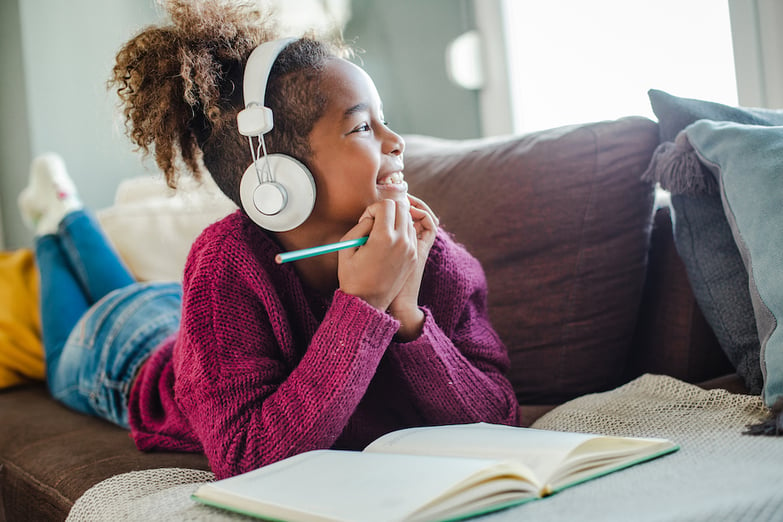Back to articles
Bluetooth LE Audio and Auracast going mainstream will redefine wireless audio

Three-and-a-half years on from the Bluetooth Special Interest Group’s (SIG) announcement of a new specification that defined a high quality, low-power audio codec (Low Complexity Communications Codec or LC3) that promised to redefine audio streaming and wireless sound, Bluetooth LE Audio (LE Audio) is finally about to hit the commercial mainstream.
The delay has due to the development time needed to shake out the bugs from what is a complex technology. As Chuck Sabin, Senior Director, Market Development at the SIG says, developing specifications is hard, particularly when there are billions of Bluetooth-enabled receiving devices out there. That’s a lot of interested parties invested in ensuring the specification is going to deliver so things work perfectly.
With the due diligence now complete, and a year on from the adoption of the specification, the first commercial implementations of LE Audio are now coming to market. Within another three or four years, Sabin predicts—once the tech is natively adopted by iOS and Android smartphones and major wireless audio device vendors—LE Audio will be universal.
When it is, wireless audio will become unrecognizable from anything we’ve previously experienced, and not just for the millions of us that use wireless headphones and earbuds, but more importantly for the hearing impaired as well.
- Read more: One step closer to Bluetooth LE Audio
True Wireless Stereo and better battery life
Two key advantages of LE Audio over Classic Audio that will drive mass consumer adoption are the noticeable improvements in audio quality and longer playtime.
While Bluetooth LE supports multiple communication topologies for data transfer (for example, Bluetooth Mesh), it only supports point-to-point communication for audio streaming. LE Audio’s multi-stream audio functionality however enables multiple devices—for example a pair of earbuds—to receive their own unique audio stream. The left and right channels retain the original precise musical timing upon replay. The result is excellent stereo sound together with long battery life. That’s unlike the earbuds in use today that can only stream audio to a single device and therefore require an engineering work around to retransmit the second channel to a second earbud, at the cost of battery life.
On the question of battery life, quantifying the expected reduction in power consumption over Classic Audio is difficult because it will depend on both implementation and product use. Product developers focused on providing the highest audio quality might choose to implement the LC3 codec for hi-fidelity rather than aiming for significant gains in playback time. Others may choose to focus entirely on extending battery life by trading-off sound quality. In the latter case, the battery life of your earbuds or Bluetooth speaker could double.
Auracast broadcast audio promotes inclusion
Another breakthrough feature of LE Audio is the addition of Auracast broadcast audio. Auracast allows an audio source device such as a smartphone, laptop, TV, or sound system to broadcast one or several audio streams to an unlimited number of Bluetooth audio receivers.
There are several potential use cases for Auracast, but chief among them is the ability for it to become a high quality, lower cost augmented and assistive listening technology in venues where PA or hearing loop infrastructure is currently deployed. Such a use case opens up wider accessibility for the over 1.5 billion people living with hearing loss around the world. It can also enable multi-language audio streams in locations that support simultaneous translation services.
Next gen SoCs optimized for LE Audio
While LE Audio’s LC3 codec does demand more computational resource than Classic Audio’s SBC codec to compress and decompress audio, the latest generation of wireless SoCs can comfortably meet this requirement without compromising any power consumption advantages. For example, Nordic Semiconductor’s nRF5340 SoC features a dedicated Arm Cortex-M33 application processor, optimized for performance and with ample overhead to look after the computational demands of advanced audio codecs. The SoC incorporates a second M33 processor to supervise wireless connectivity and which is optimized for low power consumption.
Looking forward to mass commercialization of LE Audio, Nordic’s fourth generation of wireless SoCs, the nRF54L15 and nRF54H20 are both now sampling, and represent the future of not just LE Audio, but for many applications demanding complex machine learning (ML) and support for sensor fusion at the edge. The nRF54H20 SoC features multiple Arm Cortex-M33 processors and multiple RISC-V coprocessors optimized for specific types of workloads. The level of integration this will provide product developers ensures tomorrow’s LE Audio solutions—from earbuds to hearing aids—will consume even less energy, be smaller, and simpler to bring to market.
LE Audio and Auracast world first
The first commercialized LE Audio solutions are already available. Earlier this year, global hearing technology solutions provider GN launched a world first LE Audio and Auracast broadcast audio TV streamer, enabling people suffering from hearing loss to stream hi-fidelity audio between their television and their hearing aids, with all the benefits of Auracast. Working seamlessly with the company’s new ReSound Nexia hearing aids or other LE Audio compatible solutions, the TV-Streamer+ integrates a Nordic’s LE Audio- and Auracast-capable SoC to deliver low power, low latency, and long range wireless connectivity with improved audio quality.
For people with hearing loss the launch means they can enjoy immediate speech clarity at their preferred volume, while at the same time enjoying the benefits of Auracast. For developers and consumers, it means the LE Audio and Auracast are in the public eye.


